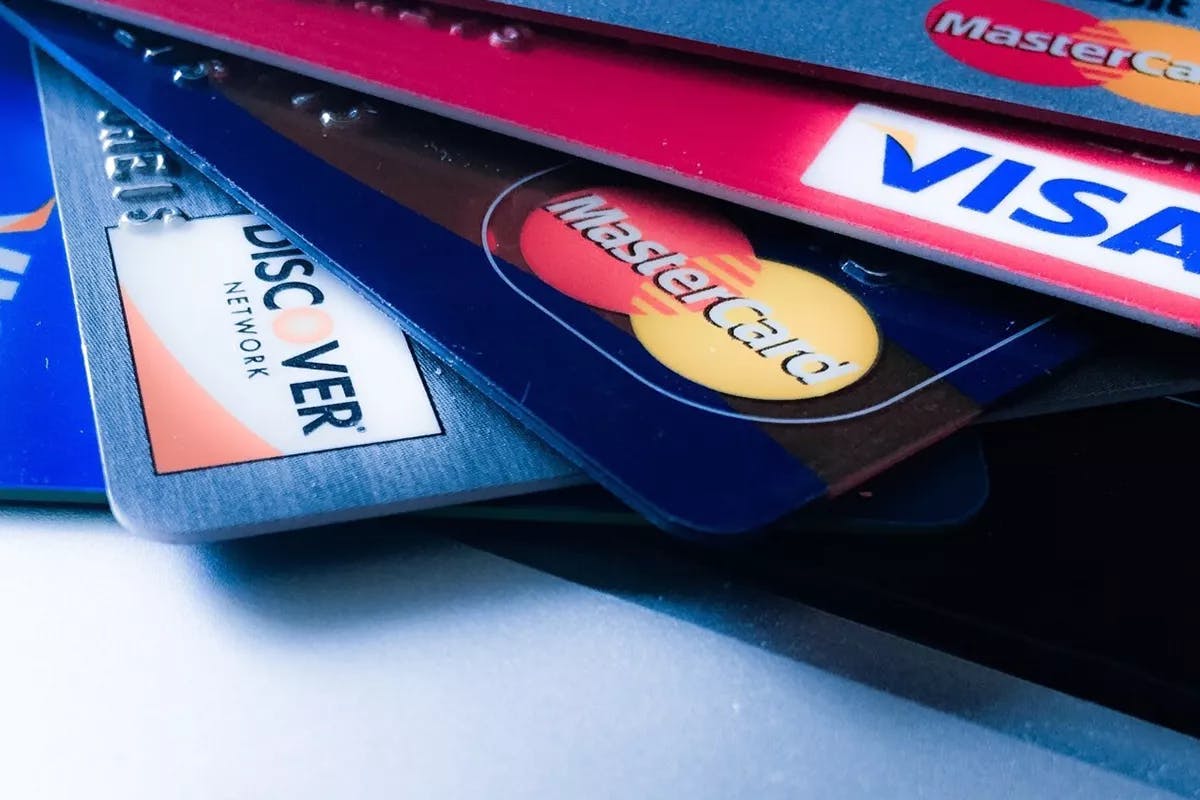If you don’t make your credit card payment in full and carry a balance into the next month, your APR, or annual percentage rate, determines how much interest will start accruing on top of your principal balance.
So we’ve established what APR is; you can read about how it’s calculated here. Now let’s tackle how it works. Tiny differences in your APR—fixed versus variable, simple versus compound—will make a huge difference in the debt that you must repay to the credit card company. Understanding how interest builds might influence which credit card you choose to apply for or the plan you develop to pay off your balance. To learn more about common questions associated with APR—Is there a difference between interest rate and APR? Who and what determines your rate? And what is a grace period?—read on.
1. Credit card interest rate and APR—are they the same?
Interest rate and APR are often used interchangeably, but there are slight differences in their calculations. When it comes to credit cards, though, interest rate and APR are the same. Interest rates solely calculate interest, whereas APRs include interest and any other fees, closing costs, and points associated with a loan or mortgage. Since you’re only paying interest on credit card payments—and not factoring in loan- or mortgage-specific fees, costs, and points—the APR and interest rate are identical.
2. What determines APR?
There are two major types of credit card APRs: fixed and variable. If yours is fixed, you can expect to pay the same interest rate year round; if your lender plans to change the APR on your card, they have to give you plenty of notice. If you have a variable APR, the rate you pay can fluctuate during the year without notice. Variable APRs typically change according to a prime rate, or a national benchmark, based on federal funds.
There is a third type of APR—introductory—which is a common incentive for new account holders, and features a reduced APR (often as low as 0%) for a certain period of time before it increases.
3. What’s the difference between simple and compound interest?
Simple interest is calculated based on the principal balance. Compound interest is calculated based on the principal plus interest.
For example, if you receive a statement in January and don’t pay off the principal, you will begin accruing interest in February. If you still don’t pay the full balance in February, your interest accrued in March will be calculated based on the principal plus the interest that accrued in February. So with compound interest, you pay interest on interest. Most lenders compound interest daily.
4. What is the grace period?
The grace period for your credit card is the time between the end of your billing cycle and your payment due date. During this time, you will not accrue interest, including on any purchases made throughout the grace period. However, if you miss a payment or don’t pay off the full amount, you forfeit your grace period; once you begin accruing interest, you will continue to do so until you pay off your balance. So as long as you pay your full balance each month, you will never accrue interest.
5. When is APR different for your credit card?
There are outlying instances when your APR could be slightly different than your regular purchase rate, most often when it comes to cash advances and balance transfers. For cash advances, instead of borrowing money to buy a good or service, you’re borrowing money to buy money. It’s an easy way to get money quickly, but it can also be incredibly expensive. Cash advances typically have higher APRs than regular purchases, and often don’t include a grace period—so you’ll start accruing interest from the moment you get the advance.
Balance transfers, which allow you to transfer a balance from one card to another one with a lower APR, can be a great strategy for paying off debt quicker. The strategy is most efficient if you transfer to a card with a low or 0% introductory APR; however, many of these cards will have a higher post-introductory APR, meaning you could end up paying more in interest than you would have by keeping the balance on the original card. It’s best if you can pay off the balance during the introductory period when you’re not accruing interest. If you’re unsure whether you’ll be able to pay it off in the early stages, you will need to crunch some numbers to determine whether it makes sense for you to transfer the balance at all.
Your APR could also increase to a penalty, or default, APR if you miss a credit card payment or don’t pay in full. A typical penalty APR is 29.99%, according to the U.S. News & World Report. A penalty APR can be applied in tandem with a late fee, and you typically have to make six consecutive on-time credit card payments before your credit card company will reassess the inflated rate.



